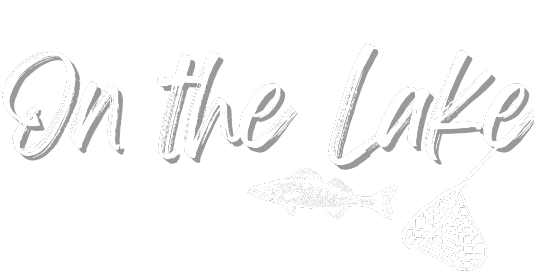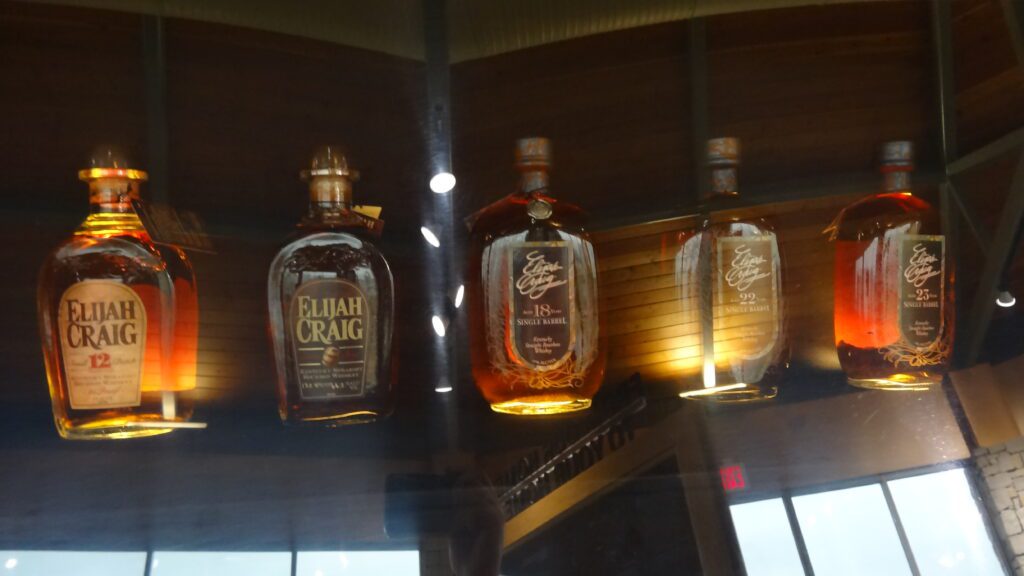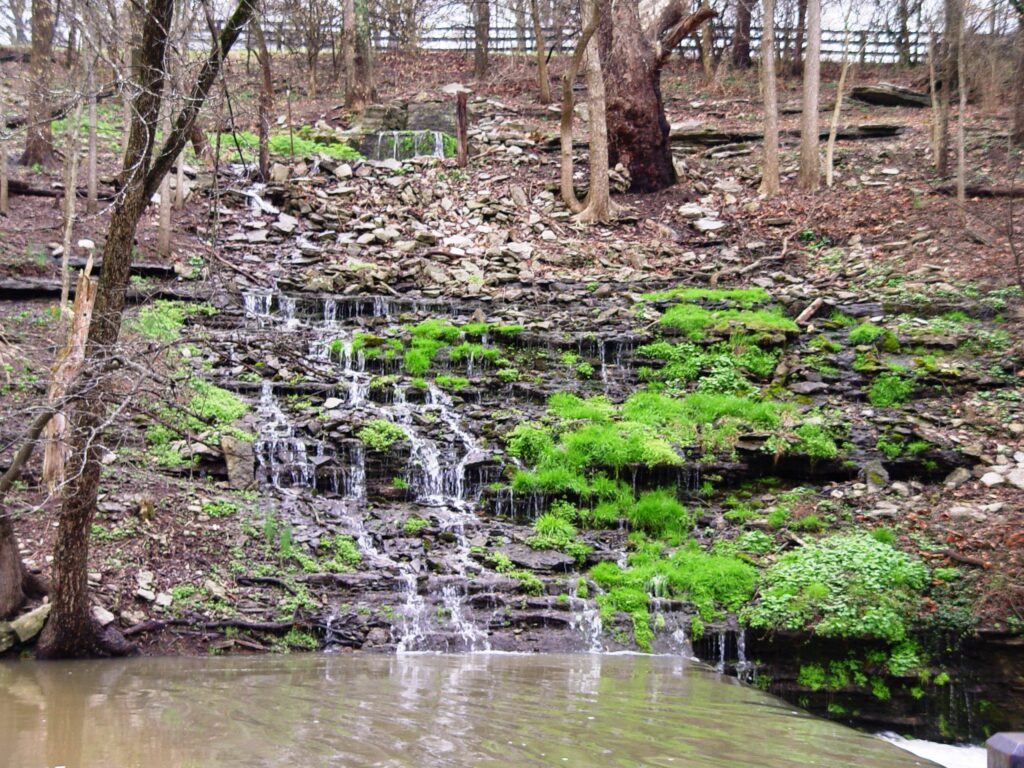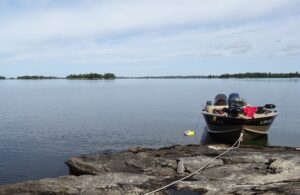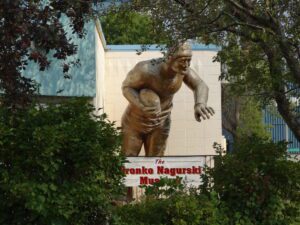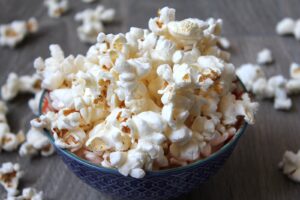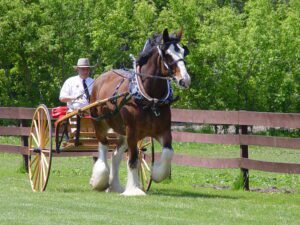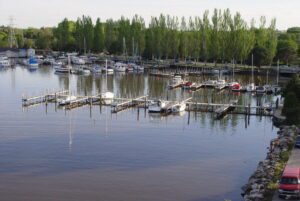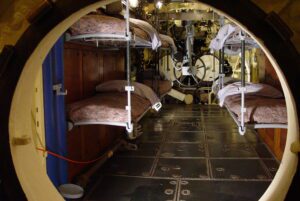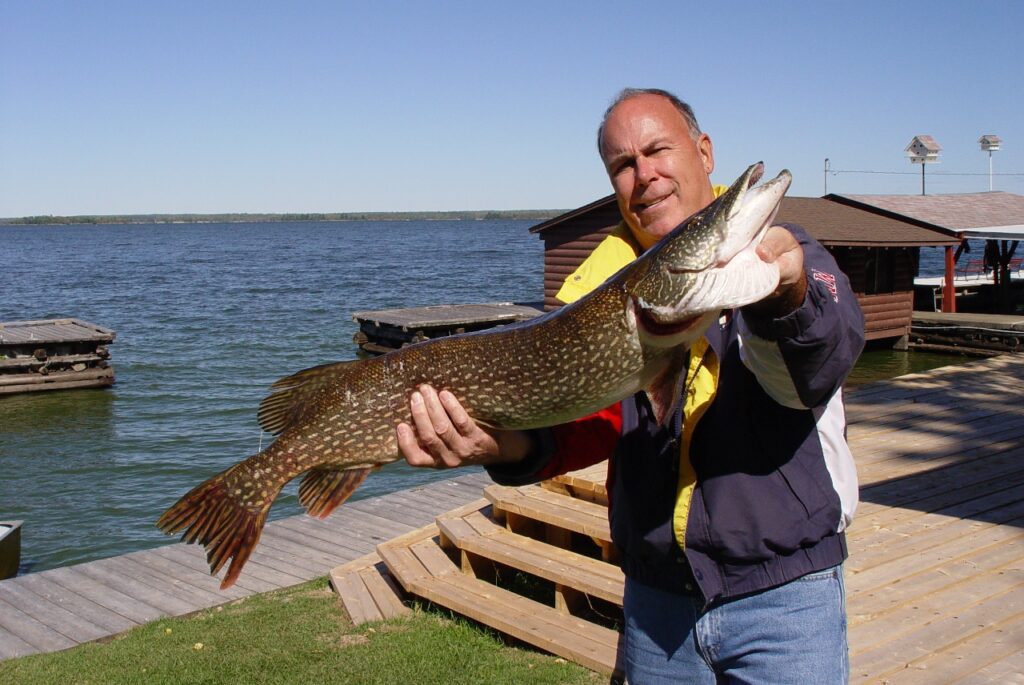By the latter part of the 19th and even into the early 20th century , the distillery business was going along rather well for bourbon whiskey. At least, that is, until someone decided that distilled spirits were evil. Prohibition in 1920 (The 18th Amendment to the Constitution and The Volstead Act… “a grand and failed social experiment”) put a real damper on things – and distilleries – until it was repealed by law in December of 1933 after the election of Franklin Delano Roosevelt.
How Can Whiskey Be Called Bourbon?
Today, more different types of distilled products exist than times that the Chicago Cubs have failed to win a world series. Whiskey? Well, there is Rye Whiskey, Scotch Whiskey, Irish Whiskey, Canadian (blended) Whisky, and, well… These are just a few examples. But the one in which we are truly interested is Bourbon Whiskey. It is recognized as “A Distinctive Product of the United States” by an act of Congress in 1964. The law really doesn’t say that it has to be made in Kentucky (although ~99% is). However – no whiskey can legally call itself Bourbon unless it is:
- Made in the United States
- Made from a grain recipe that is at least 51% corn
- Distilled at less than 160 proof from a fermented grain mash, and matured in new, charred American White Oak barrels at no more than 125 proof for a minimum of two years (if aged for less than four years, it must say so on the label)
- A product to which nothing is added in the final stage except pure water – no artificial flavors, colors or additives of any kind are allowed
- Bottled at 80 proof or higher
Now those are some pretty stringent standards! Even so, it is extremely easy to get one’s bourbon to taste different, just by tweaking the recipe even a wee skosh. Why? because of all the variables in the recipe. The main ingredients are water, corn, rye and/or wheat, malted barley, and yeast. To start with, water is first and foremost the ingredient that allows Kentucky to be the one place where all of the bourbon in the United States has always been made… Why? What makes it so special?
It’s the Water
Geologically, the vast majority of Kentucky is covered by sedimentary rocks: sandstone and limestone to be exact. Outcroppings of limestone in the northern portion of the state are perfect for the water needed for bourbon. The limestone filters nasty minerals like iron, out of it, while adding calcium to it. Not only is the calcium in the water necessary for the strong bones needed by thoroughbred racing horses, it also aids the yeast in the fermentation process. Without great water, you simply can’t get great bourbon.
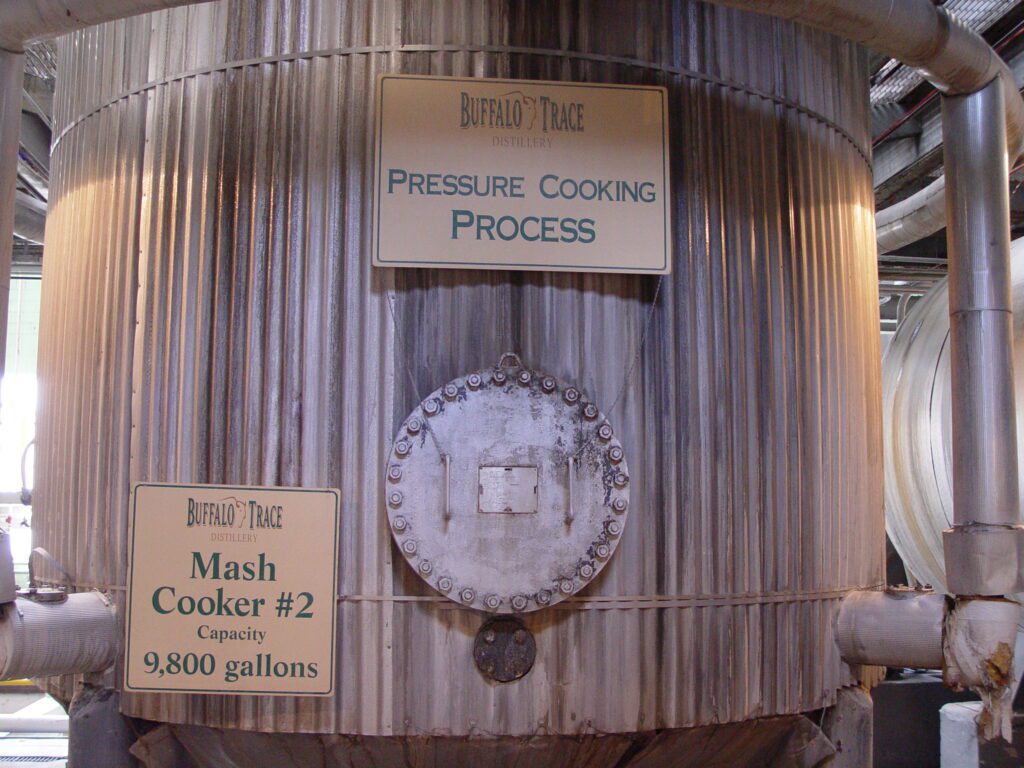
The Grains
The grains, selected for quality and mostly from Kentucky, are milled (ground into a fine, flour-like meal) and then cooked for a short period with the limestone-filtered water. During this time, enzymes in the malted barley magically (well… OK, chemically) convert the starches from the corn and rye into fermentable sugars. All this of course must happen at specific temperatures.
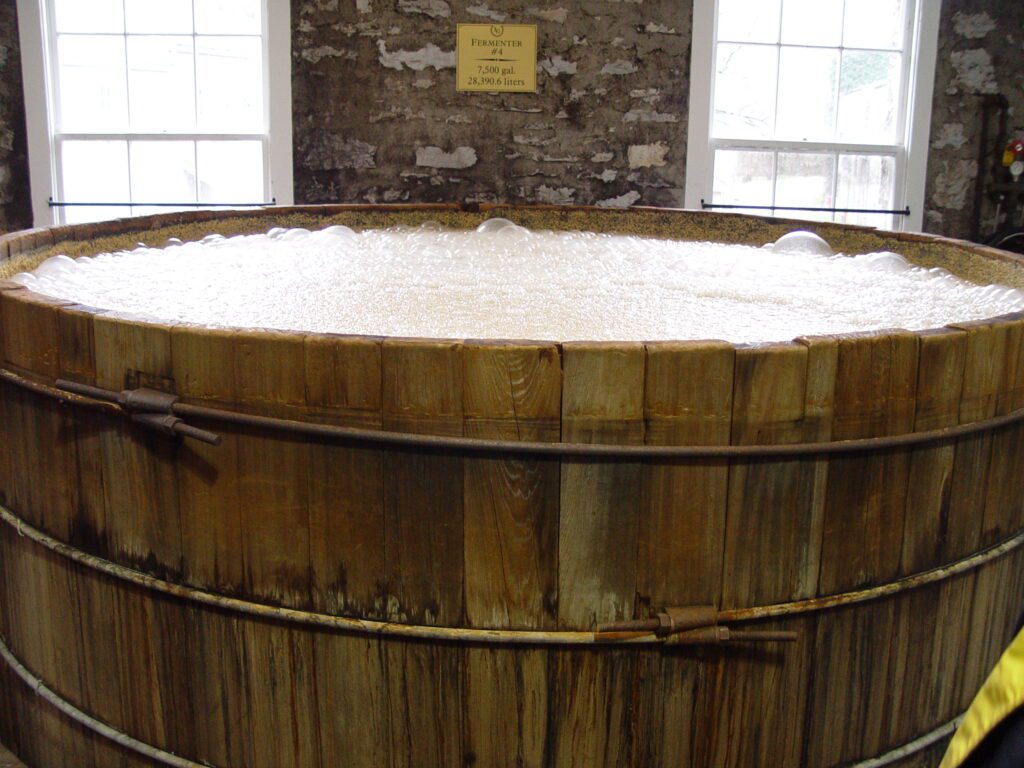
The Yeast
At the precise time, yeast is added (each distiller claims his proprietary strain of yeast is best. The variety is a closely guarded secret), along with part of a previous batch (called “setback”). And the whole shootin’ match (now called mash) is pumped into vats/tanks (some as large as 85,000 gallons!) where the fermenting takes place.
For perhaps as long as a week, the yeast chows down on the sugar like there’s no tomorrow. There are two natural by-products: carbon dioxide and… alcohol! The resulting sour mash is about six to eight percent ABV (alcohol by volume) at this point.
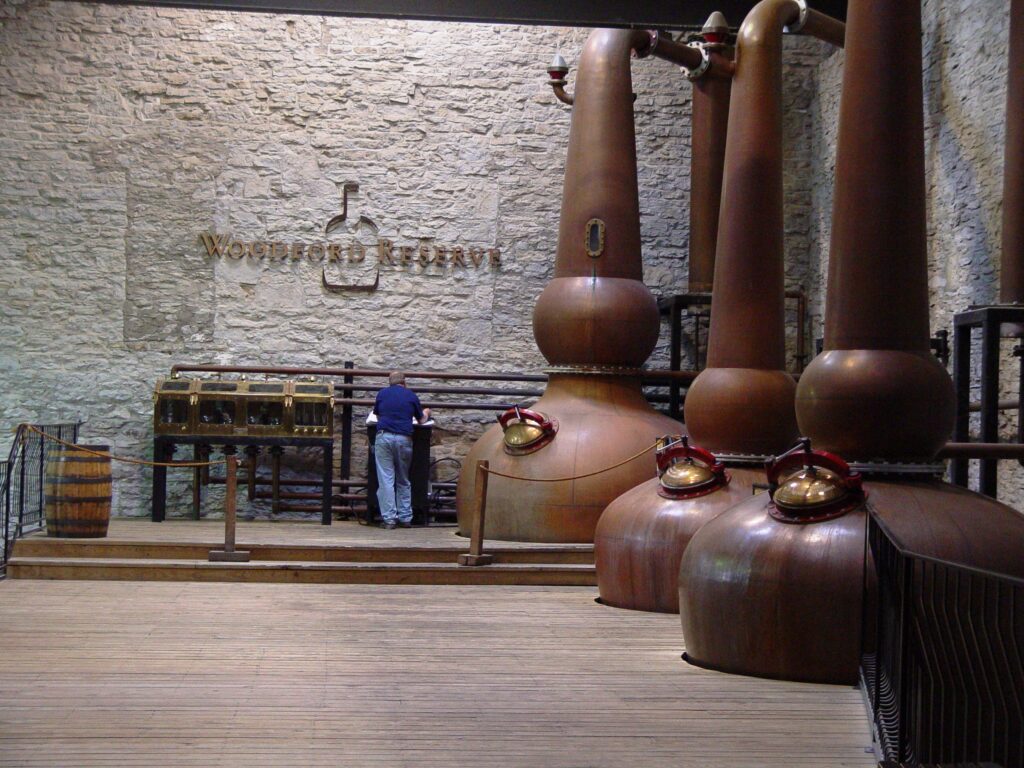
Distilling the Mash for Bourbon Whiskey
The sour mash (so named for its level of acidity and an original formula likely supplied by Dr. James Crow more than 200 years ago) is pumped into what is called a beer still and the first stage in distilling begins. At this point, depending on the distiller and the recipe, the mash can be separated from, or left together with the other liquids. But the distilling process at this point ultimately separates the alcohol from the water. The used mash (see photo below) is either dried or not, and sold to farmers as animal feed. Nothing wasted here!
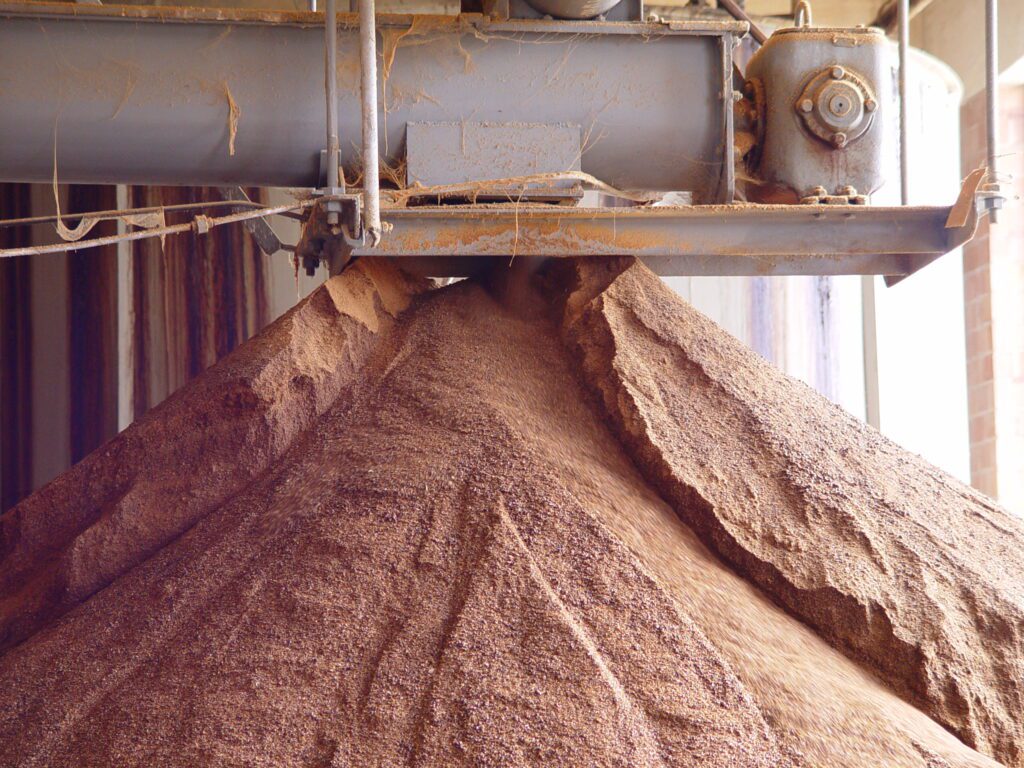
By now, the ABV has risen to about twenty or perhaps thirty percent. Now we’re getting somewhere! The liquid is then distilled again, and the result is a product that is fifty to sixty percent (100 -120 proof) ABV. It is now referred to as “high wine”. A final distillation, creating an even cleaner and crisper result, delivers what is affectionately called “White Dog”. This product has the kick of a mule, and is up to 79% ABV or 158 proof. Remember that it must be distilled at less than 160 proof.
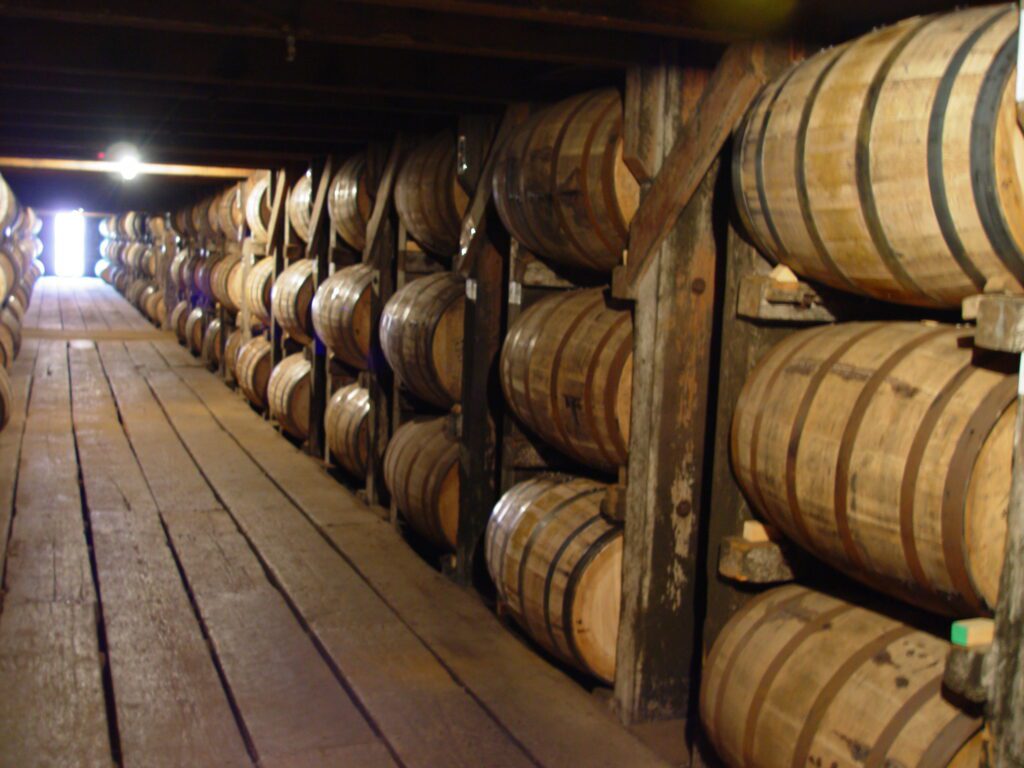
Warehouse Aging of Bourbon
The only thing left to do now is to put the stuff into those nice, toasted/charred, American White Oak barrels, seal it in and wait. Wait for many years, depending on the desired quality, color, character, taste and aromas that have been imparted to the bourbon while in the barrel. Each flavor originally supplied by the grains, water, yeast and the cooking and distillation processes, will now have time to age and mature.
Every year, Kentucky experiences some extremes in temperature that cause the bourbon to move either into the oak during the hot summer months or back out of the wood during the cold winter months. The different cycles cause the bourbon to achieve more and more of the nuances that come with age (isn’t that what happens to all of us?). The barreled bourbon patiently awaits its final destination after bottling: your house.
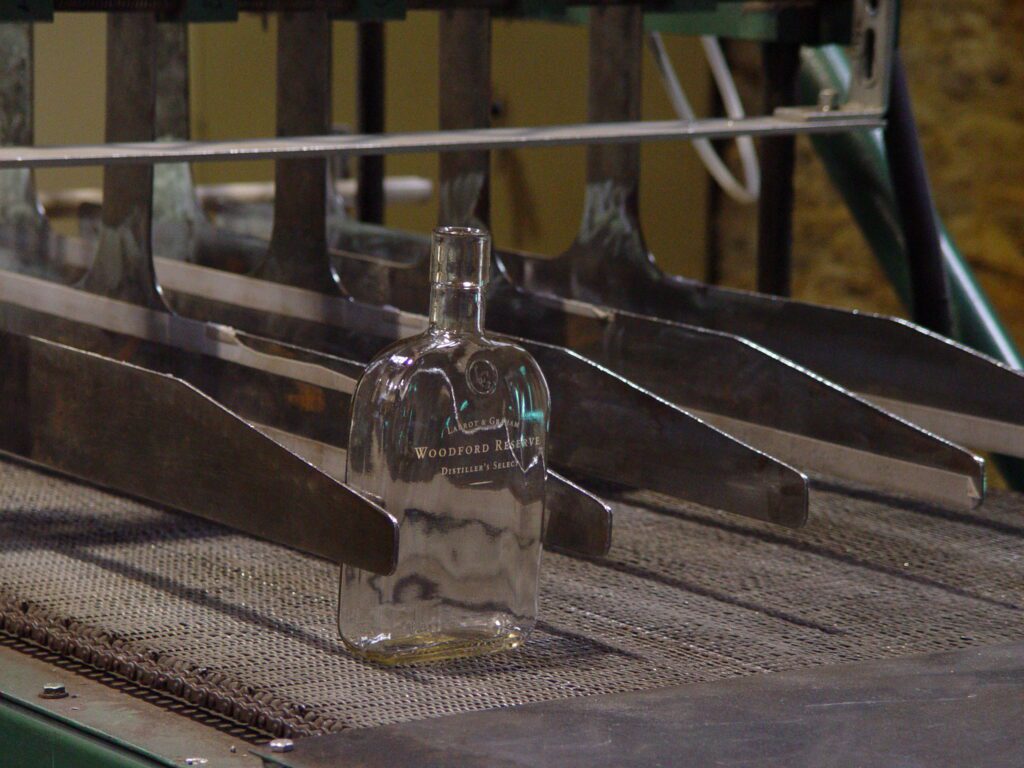
Proprietary Recipe and Influence on the Final Product
Every distillery has their own proprietary “recipe” for making bourbon, from the source of the water to the method of bottling. There are so many factors that can influence the quality and character of the final product. There are numerous factors, like quality and source of the water, characteristics of the grains and malt (where did they come from?), method of creating the grain flour (is it crushed, or roller milled). Other factors include strain and source of yeast, method of distilling and even shape of the stills.
First, consider the origin and quality of the oak in the barrels and type of warehouse. Is it wood, metal, or stone? Second, think about the position in the warehouse. Is it near the floor or ceiling, edge, or center of the warehouse, etc. These only begin to give one an idea of how difficult it can be to produce a premium bourbon with consistency and character. It is this incredible variety of endless possibilities and variations that make Bourbon whiskey one of the most interesting classifications of distilled spirits to explore.
The Wait
One has to wait years before the final determination can be made. All the while, some of the bourbon (about 2% or 3% per year) is continually evaporating into the surrounding environs of the warehouse and beyond. Known in the industry as “angel’s share”, it is forever lost. Surely, there are happy angels in heaven. They get to sample some of the best bourbon made!
When deemed ready, the barrel-aged bourbon is often married with other barrels. Commensurate with the qualifications set forth by the master distiller, these are then “cut” with pure water to achieve the proper proof prior to bottling. Do yourself a favor and, at the very least, visit one of the many fine distilleries on the Bourbon Trail in Kentucky. You just might find yourself converted to a connoisseur of fine Kentucky Straight Bourbon Whisky… Enjoy!
